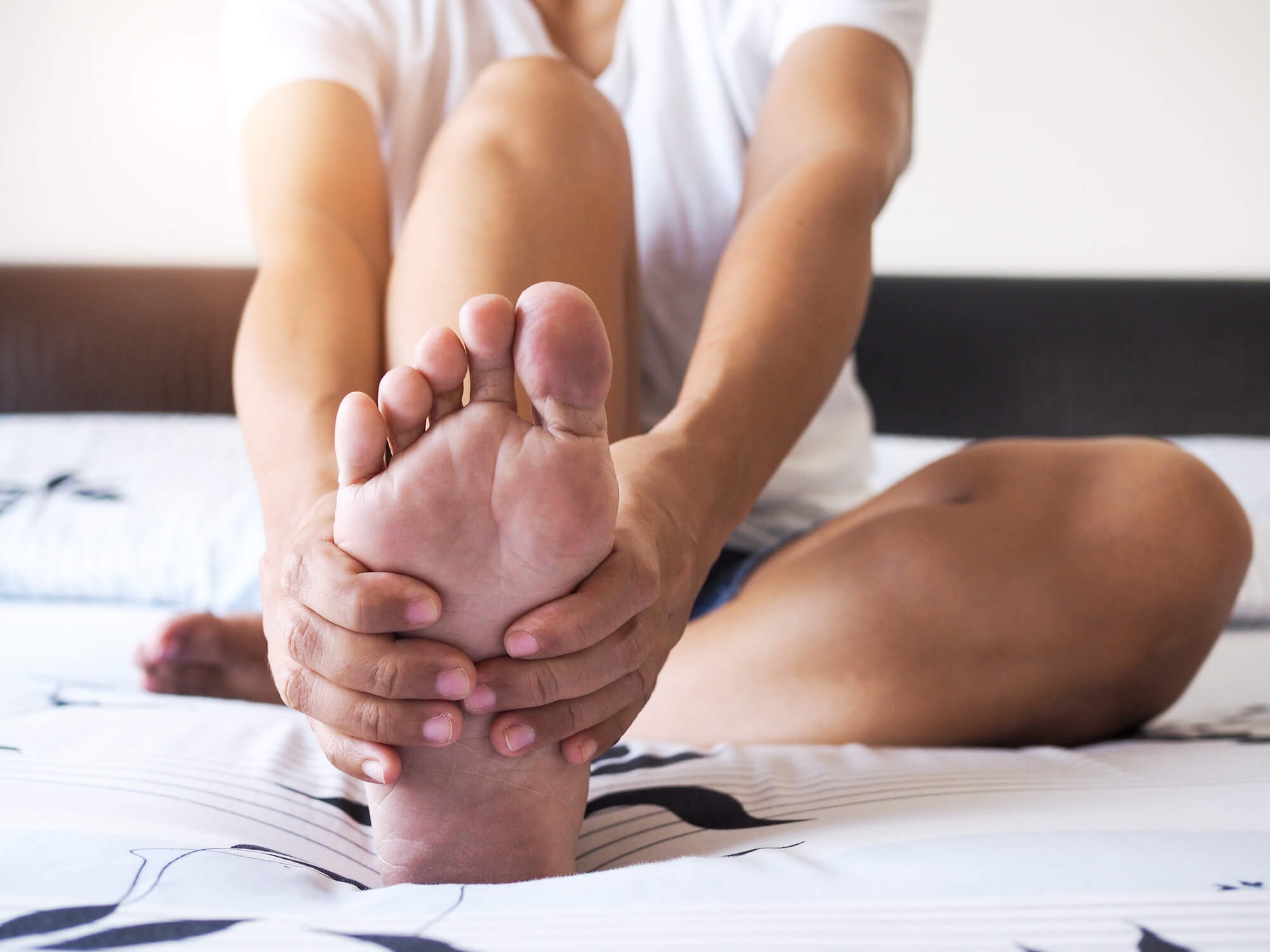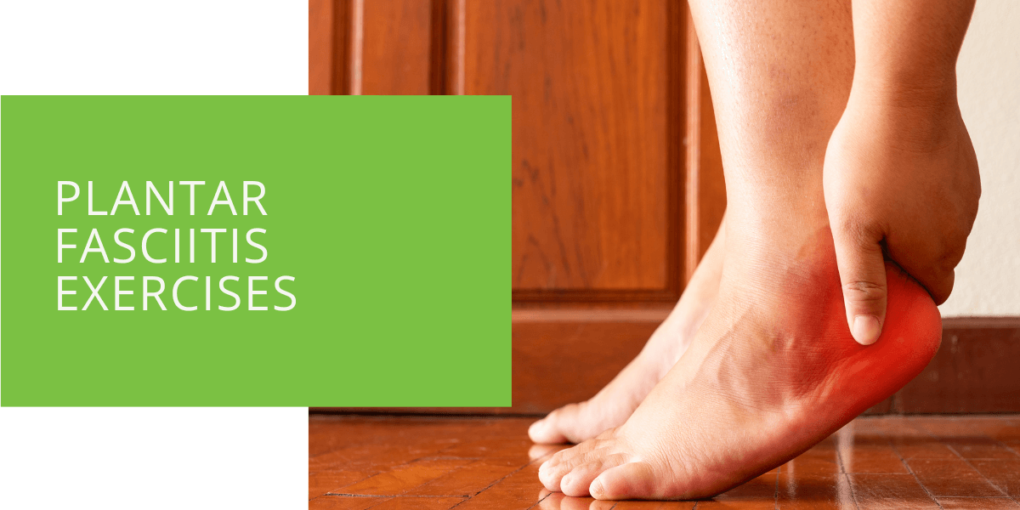Plantar Fasciitis Exercises
If you're suffering from heel pain, you may be experiencing plantar fasciitis. This common condition affects the plantar fascia, a band of tissue that runs along the bottom of your foot from your heel to your toes. It's usually caused by overuse, poor footwear, or underlying medical conditions.
While it's always a good idea to consult with a podiatrist or other medical professional for proper diagnosis and treatment, incorporating exercises into your routine can help alleviate the pain and inflammation associated with plantar fasciitis. In this article, we'll explore the benefits of exercise for plantar fasciitis and provide a list of stretches and strengthening exercises you can try at home.
What is Plantar Fasciitis?
Plantar fasciitis is a condition that causes pain and inflammation in the plantar fascia, the connective tissue that runs along the bottom of your foot. It's typically caused by overuse or strain on the tissue, such as from standing or walking for long periods, wearing ill-fitting or inadequate footwear, or having underlying medical conditions like obesity or flat feet.
The main symptom of plantar fasciitis is a pain in the heel or arch of the foot, which is often worse in the morning or after periods of inactivity. You may also feel a sharp or burning sensation when standing or walking.

Benefits of Exercise for Plantar Fasciitis
Exercise is an important part of the treatment plan for plantar fasciitis. It can help alleviate pain and inflammation, improve flexibility and strength in the feet and ankles, and prevent future flare-ups of the condition.
One of the primary benefits of exercise for plantar fasciitis is that it helps stretch and strengthen the muscles and connective tissue in the feet and ankles. This can help alleviate pain and inflammation and improve your overall mobility and balance.
Incorporating exercises into your routine can also help prevent future plantar fasciitis flare-ups. By strengthening the muscles and connective tissue in your feet and ankles, you'll be better equipped to handle the strains of everyday activities like standing and walking.

Exercises to Try
You can try several exercises at home to help alleviate the pain and inflammation associated with plantar fasciitis. Here are a few stretches and strengthening exercises to try:
Stretching Exercises
Stretching exercises can help alleviate pain and inflammation and improve flexibility and mobility in the feet and ankles. Here are a few stretches to try:
- Towel stretch: Place a towel on the floor and sit with your affected foot on top of it. Gently pull the towel toward you, using your toes to grip the towel. Hold for 30 seconds, then repeat on the other foot.
- Toe stretch: Sit with your affected foot on your opposite knee. Use your fingers to pull your toes back toward your shin gently. Hold for 30 seconds, then repeat on the other foot.
- Calf stretch: Stand facing a wall with your hands on the wall at shoulder height. Place your affected foot behind you, with the back leg straight and the front leg bent. Gently lean forward, keeping your back leg straight until you feel a stretch in your calf muscle. Hold for 30 seconds, then switch legs and repeat.

Strengthening Exercises
In addition to stretching, it's also important to incorporate strengthening exercises into your routine to help improve your feet and ankles' overall strength and stability. Here are a few exercises to try:
- Toe curls: Place a water bottle or small ball on the floor in front of you. Sit with your feet flat on the floor and use your toes to pick up the bottle or ball, then put it back down. Repeat for a set of 10-15 repetitions.
- Heel raises: Stand with your feet hip-width apart and hold onto a sturdy object for balance. Slowly raise up onto your toes, then lower back down. Repeat for a set of 10-15 repetitions.
- Balance exercises: Stand on one foot and hold onto a sturdy object for balance. Try to maintain your balance for 30 seconds, switch your feet and repeat. You can also try standing on a foam pad or cushion to add an extra challenge.
Precautions and Tips
It's important to remember to gradually increase the intensity and duration of your exercises as you become stronger and more comfortable. If you're experiencing pain while doing any of these exercises, stop immediately and consult with a medical professional.
Wearing proper footwear is also crucial in the treatment of plantar fasciitis. Make sure you have shoes with good arch support and a cushioned sole to help absorb shock. Avoid walking barefoot or in flip-flops, as these shoes offer little to no support.
If you're experiencing persistent pain or discomfort, it's always a good idea to seek medical advice from a podiatrist or other medical professional. They can provide a proper diagnosis and create a personalized treatment plan for your specific needs.
Conclusion
Incorporating exercises into your treatment plan for plantar fasciitis can provide significant relief from pain and inflammation and improve overall flexibility and strength in the feet and ankles. Whether you're just starting to experience heel pain or have been dealing with plantar fasciitis for a while, these exercises can help you manage your symptoms and prevent future flare-ups. Always consult with a medical professional before beginning any new exercise routine and listen to your body if you experience any pain or discomfort.

